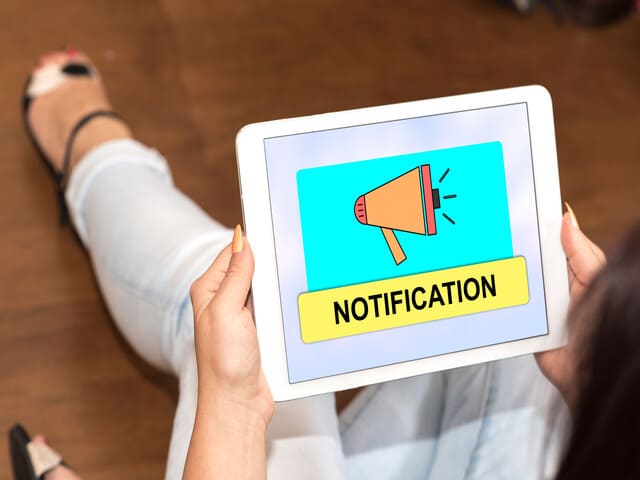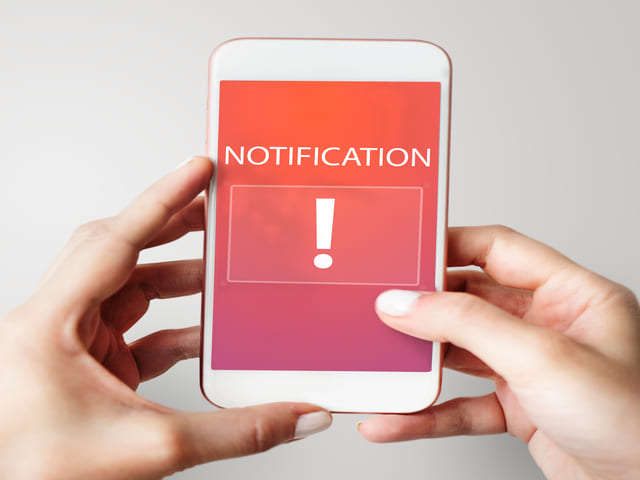How to stop Push Notifications is one of the most common questions users ask when looking to regain control over their devices and digital attention. With mobile and desktop usage at an all-time high, push notifications—although valuable in the right context—can often become overwhelming, distracting, and even detrimental to user experience if not properly managed.
Whether you’re an individual aiming to improve focus or a marketer interested in push notifications best practices for higher click-through rates, understanding how users manage these alerts can inform better strategies. This comprehensive guide will walk you through everything you need to know about disabling push notifications across Android, iOS, and desktop platforms, supported by reliable sources and actionable tips.
What Are Push Notifications?
Push notifications are short messages sent by apps or websites to your device to inform, remind, or promote something. They can show up on your phone screen or your desktop browser—even when you’re not actively using the app or site.
According to a report by Airship, 60% of Android users and 45% of iOS users opt in to push notifications. While they can drive engagement, too many alerts often lead to app fatigue and even uninstalls.
Why Managing Push Notifications Matters

For users, turning off unnecessary notifications improves focus, reduces stress, and extends battery life. For marketers, understanding how users manage notifications is key to creating messages that are timely and welcomed.
For publishers and advertisers using platforms like AdsBravo, integrating push notification strategies that respect user preferences can increase trust and performance. This reinforces the need to not only understand how to stop push notifications, but also how to use them responsibly to maintain user engagement.
How to Disable Push Notifications on Android
Android offers granular control over push notifications. Depending on your Android version and device manufacturer, the steps may slightly vary.
Step-by-Step Guide:
- Go to Settings > Apps & notifications > See all apps.
- Tap on the app whose notifications you want to manage.
- Select Notifications.
- Toggle off All notifications, or customize by notification type.
You can also use the Do Not Disturb mode:
- Pull down from the top of the screen to access the quick settings menu.
- Tap Do Not Disturb and adjust the preferences for calls, messages, and apps.
Advanced tip: Use Android’s Notification History feature (available on Android 11+) to view dismissed alerts and adjust permissions accordingly.
How to Stop Push Notifications on iOS
Apple provides precise controls to customize or disable push alerts per app.
Step-by-Step Guide:
- Open the Settings app.
- Tap Notifications.
- Scroll to find the app.
- Toggle Allow Notifications off or customize alert types (Lock Screen, Notification Center, Banners).
Additionally, use Focus Modes to limit alerts based on activity (Work, Sleep, Personal):
- Go to Settings > Focus > Choose or create a focus profile.
- Select allowed apps and people.
This lets users stay focused without missing critical messages.
How to Turn Off Push Notifications on Desktop

Push alerts aren’t limited to mobile—desktop browsers also use them. Here’s how to stop push notifications on popular browsers:
Google Chrome
- Click the three-dot menu > Settings > Privacy and Security > Site Settings.
- Click Notifications.
- Block or remove sites from the Allow list.
Mozilla Firefox
- Open Options > Privacy & Security.
- Scroll to Permissions > Click Settings next to Notifications.
- Block or remove sites.
Safari (macOS)
- Open Safari > Preferences > Websites > Notifications.
- Select and deny notification permissions.
Microsoft Edge
- Go to Settings > Cookies and site permissions > Notifications.
- Block or manage site settings.
FAQs
Will uninstalling an app stop push notifications?
Yes. Once deleted, it can no longer send alerts.
Can I allow sound only without visuals?
Yes, both Android and iOS allow fine-tuning to enable only sounds.
Do notifications drain battery?
Yes, especially those that are frequent or include rich media.
Best Practices for Managing Push Notifications
Now that you know how to stop them, it’s also important to understand when they are helpful. For marketers, applying push notifications best practices for higher click-through rates means sending relevant, timely, and user-approved alerts. Read more about it on AdsBravo.
From the user’s side, striking a balance is key. Don’t disable everything—keep high-priority alerts while silencing the rest. And for professionals looking to optimize performance across different channels, it’s worth learning how to measure your SMS campaign effectiveness to complement your push strategy.
Stopping push notifications isn’t about disconnecting—it’s about regaining control. For users, it means peace of mind. For marketers, it’s a reminder that permission-based communication wins in the long run.
At AdsBravo, we advocate for smarter, more respectful engagement. Whether you’re muting alerts or crafting your next campaign, do it with intention.


